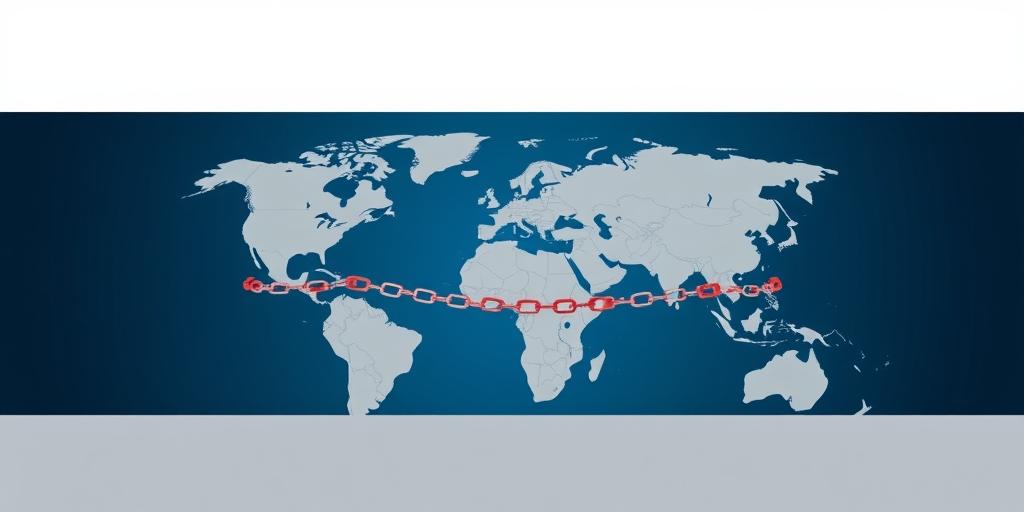Sanctions are a frequently employed tool in international relations, serving as a non-military method of influencing the behavior of states or entities. They involve the imposition of penalties, typically of an economic or financial nature, by one or more countries against a targeted country, group, or individual. The primary goal is to compel a change in policy or action.
Types of Sanctions
Sanctions come in various forms, each with distinct characteristics and impacts:
- Economic Sanctions: These are the most common and include trade embargoes, tariff increases, import/export restrictions, and asset freezes.
- Financial Sanctions: These target financial institutions or transactions, limiting access to international banking systems or freezing assets held in foreign banks.
- Arms Embargoes: These prohibit the sale or transfer of weapons and military equipment to a targeted entity, aiming to limit its ability to engage in conflict.
- Travel Bans: These restrict the ability of individuals associated with the targeted behavior from entering or transiting through the sanctioning countries.
- Diplomatic Sanctions: These involve the reduction or suspension of diplomatic ties, such as the expulsion of diplomats or the closure of embassies.
Objectives of Sanctions
The use of sanctions is predicated on several objectives:
- Coercion: To compel a change in behavior or policy by raising the costs of non-compliance.
- Deterrence: To discourage future undesirable actions by demonstrating the consequences of such behavior.
- Signaling: To communicate disapproval and express international norms and values.
- Constraint: To limit the resources or capabilities available to the targeted entity.
Effectiveness and Limitations
The effectiveness of sanctions is a subject of ongoing debate. Factors influencing their success include:
- Multilateral Support: Sanctions are more likely to be effective when implemented by a broad coalition of countries, increasing their economic and political impact.
- Target Vulnerability: The targeted entity's dependence on international trade and finance influences the potential impact of sanctions.
- Enforcement: Robust enforcement mechanisms are essential to prevent evasion and ensure compliance.
- Unintended Consequences: Sanctions can have adverse effects on the civilian population, potentially leading to humanitarian crises or political instability. Careful consideration of these potential consequences is crucial.
Examples of Sanctions in Practice
- Iran: Sanctions have been imposed by the United States and other countries over Iran's nuclear program, targeting its energy, financial, and transportation sectors.
- Russia: Following its annexation of Crimea and involvement in the conflict in Ukraine, Russia has been subject to various sanctions, including restrictions on access to capital markets and arms embargoes.
- North Korea: Comprehensive sanctions have been imposed on North Korea in response to its nuclear weapons and ballistic missile programs, restricting trade, financial transactions, and the transfer of technology.
Conclusion
Sanctions are a complex and multifaceted tool in international relations. While they can be effective in achieving specific objectives, their success depends on various factors, including multilateral support, target vulnerability, and robust enforcement. Policymakers must carefully weigh the potential benefits and costs of sanctions, considering the potential for unintended consequences and the need for targeted and proportionate measures.









